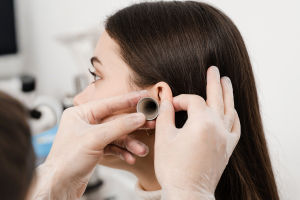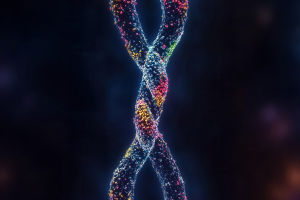Twisted Moves: Dystonia!
Dystonia is a neurological movement disorder characterized by involuntary muscle contractions that lead to abnormal, often painful, twisting and repetitive movements or postures.
These muscular contractions can be sustained or intermittent and may affect a single part of the body or multiple regions, causing significant physical and functional impairment.
The Clinical Picture: Symptoms and Manifestations
Dystonia's hallmark is uncontrolled muscle spasms that distort normal movement and posture. Symptoms may present as:
- Twisting and repetitive movements resembling writhing or tremulous shaking.
- Sustained muscle contractions forcing parts of the body into unusual positions, such as a twisted neck or clenched fists.
- Involuntary spasms affecting the face, vocal cords, limbs, or torso.
- Specific task-related dystonia, where symptoms appear only during particular activities like writing or playing an instrument.
Underlying Causes and Pathophysiology
The roots of dystonia are diverse, involving genetic, acquired, and idiopathic origins:
Genetic Causes: Numerous gene mutations (e.g., DYT1, DYT6) are linked to inherited forms of dystonia, often starting in childhood.
Acquired Dystonia: Arises secondary to brain injuries such as trauma, infections, or exposure to toxins and certain drugs that disrupt normal basal ganglia function—the brain region governing muscle movements.
Idiopathic Forms: Many cases lack an identifiable cause but likely stem from an interplay of genetic susceptibility and environmental triggers.
Neurologist Dr. Michael Silverstein highlights, "Dystonia exemplifies how subtle abnormalities in brain motor circuits translate into profound and disabling motor dysfunction. Understanding its diverse manifestations is crucial for targeted therapies."
Diagnosis and Assessment
Diagnosing dystonia is primarily clinical, based on detailed history and physical examination. Neurologists assess the pattern of muscle involvement, triggers, and progression. Additional tests such as brain MRI can exclude structural lesions; genetic testing may identify inherited forms. Electromyography (EMG) can characterize muscle activity patterns.
Therapeutic Approaches and Management
Though dystonia lacks a definitive cure, several treatments aim to alleviate symptoms and improve function:
Pharmacologic: Medications such as anticholinergics, muscle relaxants, and dopamine-related drugs may reduce muscle contractions.
Botulinum Toxin Injections: Widely used to target focal dystonia by blocking nerve signals to affected muscles, providing temporary relief.
Physical and Occupational Therapy: Focus on maintaining mobility, reducing muscle stiffness, and adapting daily activities.
Surgical Options: Deep brain stimulation (DBS), especially targeting the globus pallidus internus, shows promise in refractory cases by modulating abnormal brain activity.
Broader Implications: Quality of Life and Psychosocial Impact
Dystonia's physical manifestations often cause significant discomfort, disability, and social challenges. Patients may experience anxiety, depression, and social withdrawal due to visible symptoms and functional limitations. Comprehensive care integrates physical, psychological, and social support to maximize quality of life.
Dystonia is a multifaceted neurological disorder characterized by involuntary muscle contractions that distort normal movement and posture. It arises from complex interactions of genetic and environmental factors affecting brain motor circuits, with diverse clinical presentations ranging from mild focal spasms to generalized disabling involuntary movements.
-
 Respiratory Illness Signs!Breathing Weird Or Feeling Off? Is It Just A Cold Or Something Serious?! Read Now!
Respiratory Illness Signs!Breathing Weird Or Feeling Off? Is It Just A Cold Or Something Serious?! Read Now! -
 Meniere's Syndrome!Feeling Dizzy Or Off-Balance? Is It Meniere's Messing With Your Ears?! Find Out Why!
Meniere's Syndrome!Feeling Dizzy Or Off-Balance? Is It Meniere's Messing With Your Ears?! Find Out Why! -
 Chromosomal Disorders ImpactTiny Changes, Big Trouble?! What Happens When Chromosomes Don't Follow The Plan?!
Chromosomal Disorders ImpactTiny Changes, Big Trouble?! What Happens When Chromosomes Don't Follow The Plan?!
Copyright © zogu 2021 - 2025. All Right Reserved.